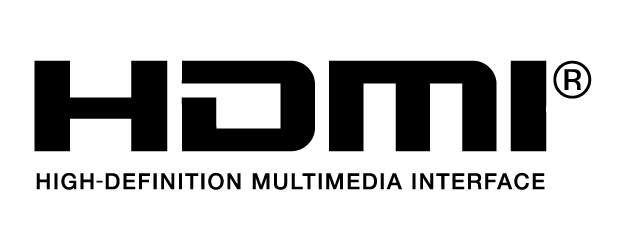Dimensions
(unfolded, excl. propellers) 470×585×215 mm (L×W×H)
Dimensions (folded)365×215×195 mm (L×W×H)
Diagonal Wheelbase668 mm
Weight (incl. two batteries)3770 ± 10 g
Max Takeoff Weight4069 g
Max Takeoff Weight for C2 Certification in EU3998 g
Operation Frequency[1] 2.4000-2.4835 GHz; 5.725-5.850 GHz
Transmitter Power (EIRP)2.4 GHz: <33 dBm (FCC); <20 dBm (CE/SRRC/MIC)
5.8 GHz: <33 dBm (FCC/SRRC); <14 dBm (CE)
Hovering Accuracy
(windless or breezy)Vertical: ±0.1 m (Vision System enabled); ±0.5 m (N-mode with GPS); ±0.1 m (RTK)
Horizontal: ±0.3 m (Vision System enabled); ±1.5 m (N-mode with GPS); ±0.1 m (RTK)
RTK Positioning Accuracy
(fixed RTK enabled)1 cm+1 ppm (horizontal)
1.5 cm+1 ppm (vertical)
Max Angular VelocityPitch: 150°/sec.; Yaw: 100°/sec.
Max Pitch Angle35° (N-mode and Forward Vision System enabled: 25°)
Max Ascent/Descent Speed6 m/s, 5 m/s
Max Tilt Descent Speed7 m/s
Max Horizontal Speed23 m/s
Max Service Ceiling Above Sea Level (without other payload)5,000 m (with 1671 propellers)
7,000 m (with 1676 propellers)
Max Wind Resistance12 m/s
Max Hover Time [2] 36 min
Max Flight Time[2] 41 min
Motor Model3511
Propeller Model1671
1676 High Altitude (not included)
Ingress Protection Rating[3] IP55
GNSSGPS+Galileo+BeiDou+GLONASS
(GLONASS is supported only when RTK module is enabled)
Operating Temperature-20° to 50° C (-4° to 122° F)
ClassC2 (EU)
